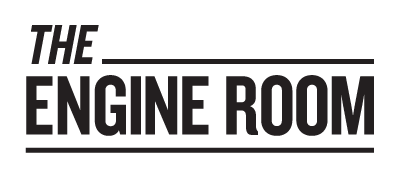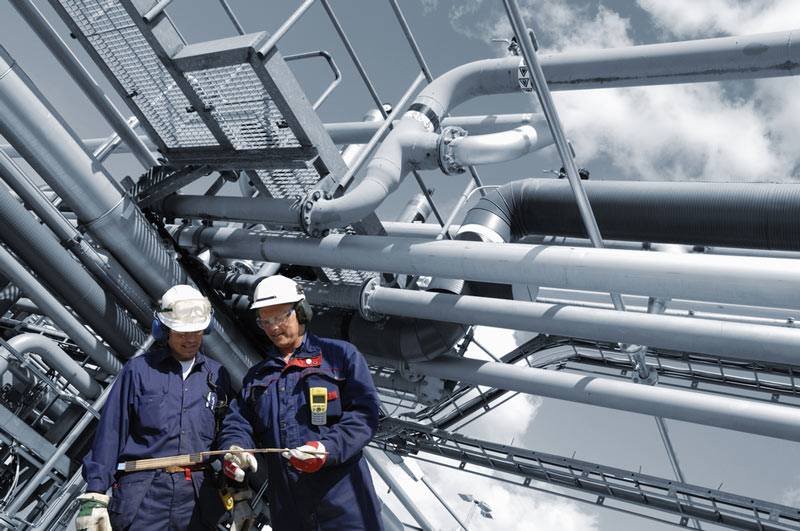1 Safety Evaluation and Assessment
The Engine Room’s Operational Safety Diagnostic (Safety Evaluation Process) provides a targeted assessment of how an organization functions with respect to all facets of operational safety performance including strategy, culture, processes, leadership capability, systems, metrics, programs and operational execution.
- Identifies, measures and assesses the root causes of current safety road blocks and opportunities and prioritizes high value target areas.
- Determines the degree to which safety processes and systems conflict with or align with error reduction and human performance principles.
- Provides a concrete unbiased identification of the employees’ approach to safety and the safety opportunities present with specific mitigation strategies to act on.
- Executed quickly 2-3 weeks from start to finish, with little to no disruption to ongoing operations.
- Safety Assessments and Surveys include:

- Organizational Safety Diagnostic
- Operational Safety Diagnostic
- Safety Culture Assessment
- Contractor Safety Assessment
- Behaviour Based Safety Assessments
- Lone Worker Safety Assessment
- Field Level Risk Assessment
- Near Miss Reporting Assessment
Very different than most industry safety evaluations and internal safety perception surveys the Engine Room diagnostic process drills deeper to provide the specific determinants behind safety improvement opportunities (not just the symptoms which are typically widely known to the organization) as well as specific and actionable client recommendations that support the immediate improvement process.




